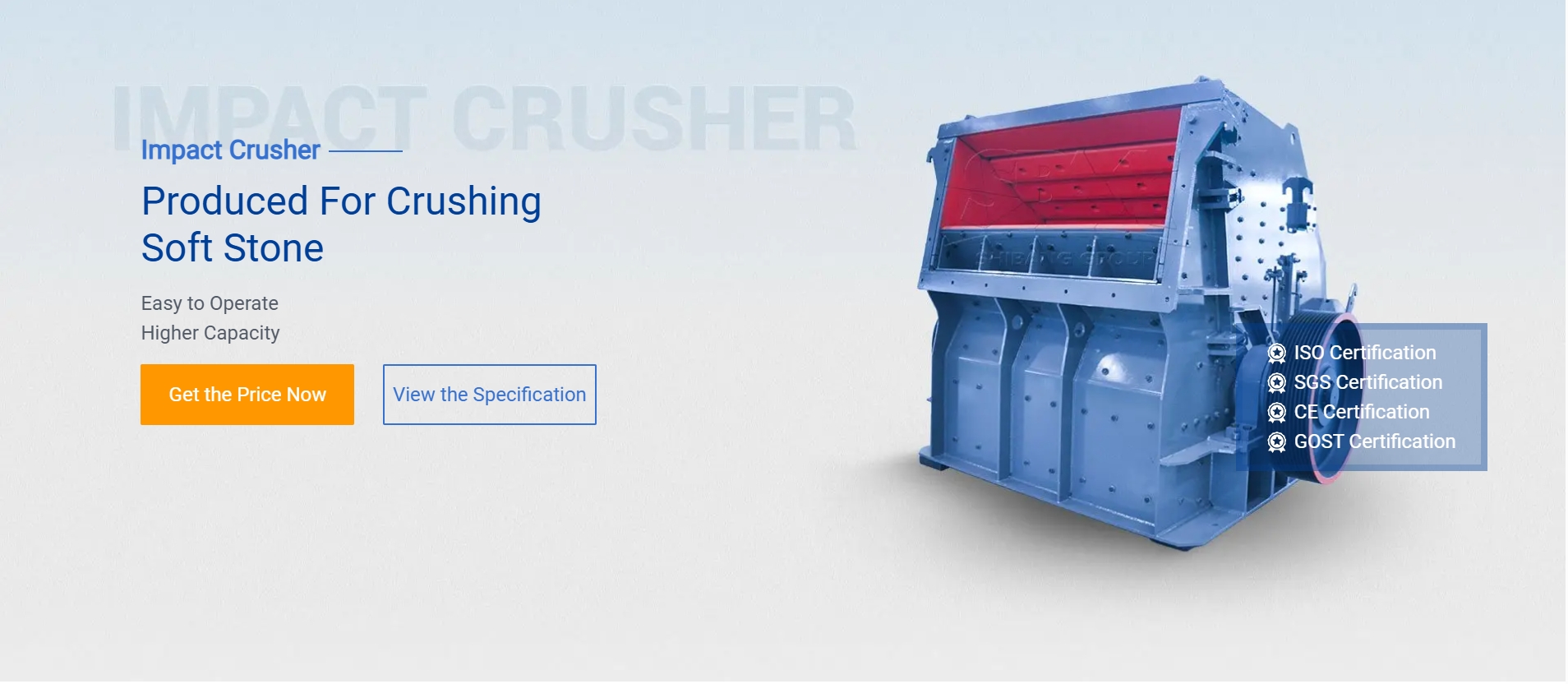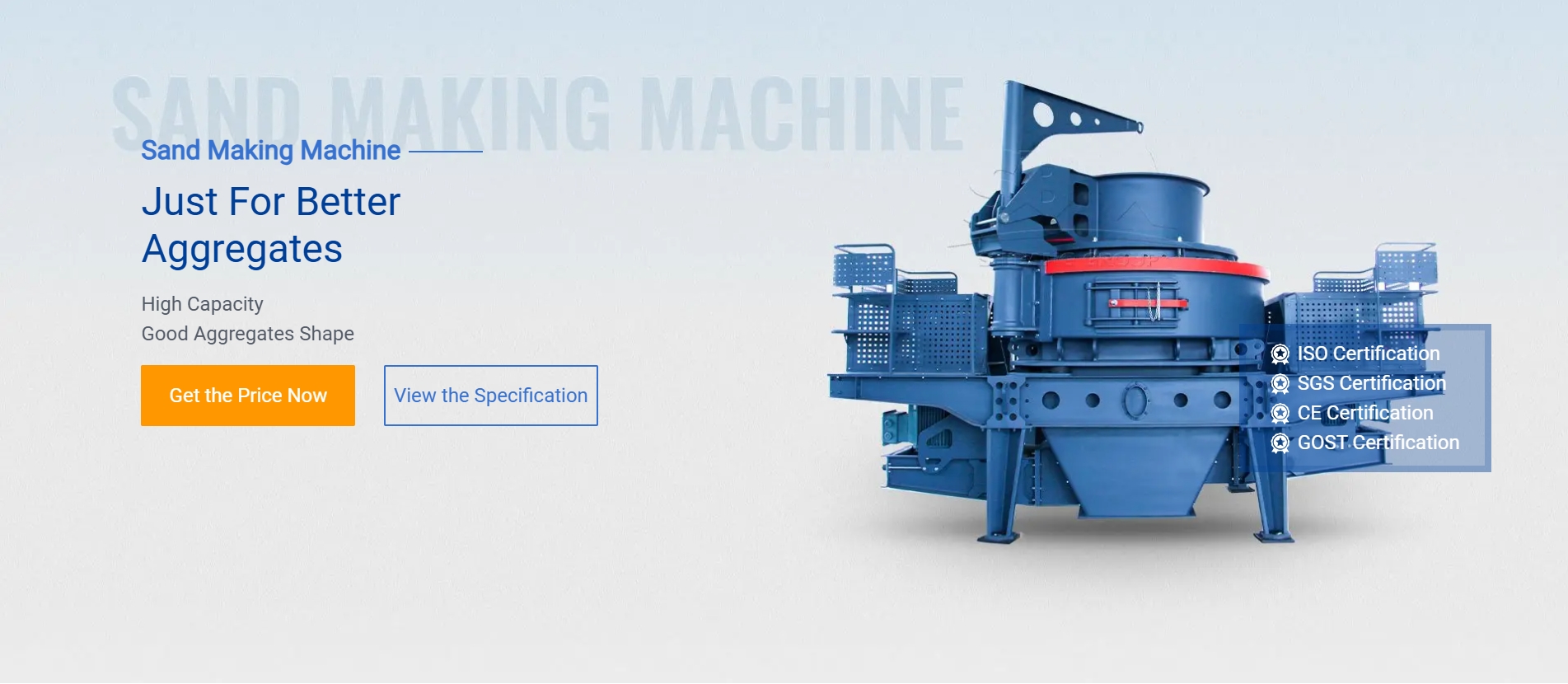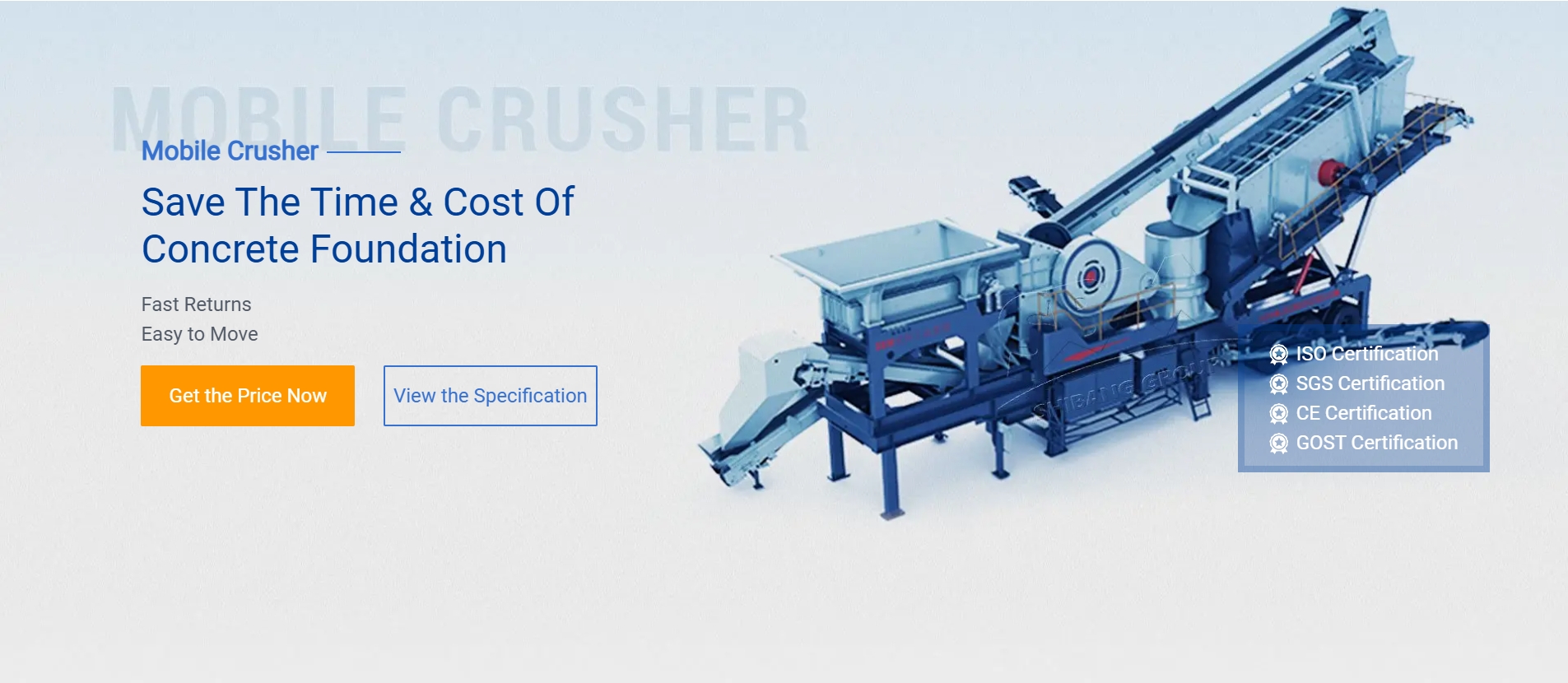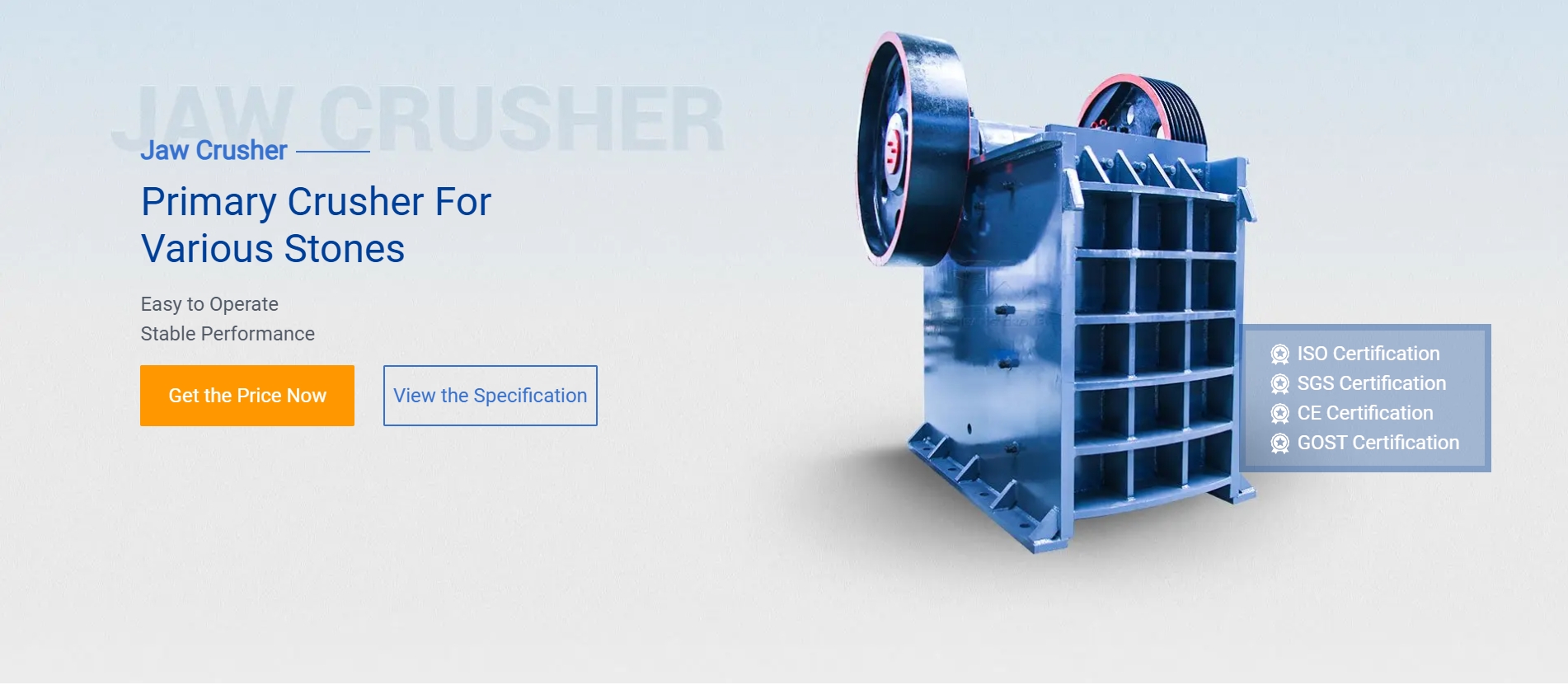BF Slag Granulation & Grinding for Cement Plants: A Comprehensive Guide
1. Introduction to BF Slag (Blast Furnace Slag)
– Definition: A byproduct of iron production in blast furnaces, primarily composed of silicates, aluminosilicates, and calcium-alumina-silicates.
– Types:
– Air-cooled slag: Slow cooling, used as aggregate.
– Granulated slag (GGBS): Rapidly quenched with water, forming glassy granules ideal for cement replacement.
– Pelletized slag: Less common, cooled with air and water.
2. Granulation Process
– Purpose: Rapid quenching (~1,500°C to <100°C) converts molten slag into amorphous, granular form (GGBS).
– Key Steps:
1. Slag Tapping: Molten slag flows from the blast furnace.
2. Water Quenching: High-pressure water jets cool and fragment slag into granules (<5mm).
3. Dewatering & Drying: Removes excess moisture (e.g., using rotary drums or filter presses).
.jpg) 3. Grinding for Cement Use
3. Grinding for Cement Use
– Objective: Reduce granulated slag to fine powder (Blaine fineness: 400–600 m²/kg) for use as a supplementary cementitious material (SCM).
– Grinding Technologies:
– Ball Mills: Traditional but energy-intensive (~40–50 kWh/t).
– Vertical Roller Mills (VRM): More efficient (~25–35 kWh/t), better particle size control.
– Roller Press + Ball Mill Hybrid Systems: Further reduce energy consumption.
.jpg) 4. Benefits in Cement Production
4. Benefits in Cement Production
– Sustainability: Reduces clinker factor (up to 70% replacement), lowering CO₂ emissions by ~0.8 tons per ton of GGBS.
– Performance Enhancer:
– Improves long-term strength (28+ days).
– Enhances durability (sulfate resistance, reduced alkali-silica reaction).
– Lowers heat of hydration (ideal for mass concrete).
5. Integration in Cement Plants
– Storage & Handling: Requires silos to prevent moisture absorption (hygroscopic nature).
– Blending: Mixed with Portland cement clinker and gypsum; typical blends include




